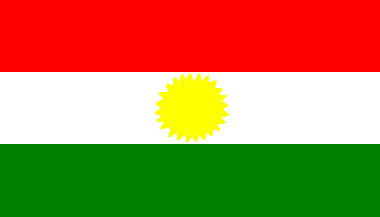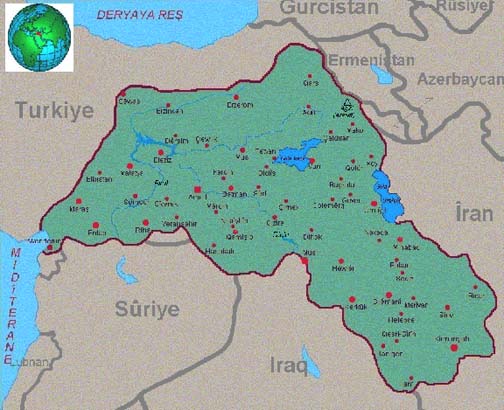





The Kurdish Democratic Party of Iran (KDPI) was founded after World War II, as a splinter of an Association for the Resurrection of Kurdistan, the party was practically liquidated when a Kurdish rebellion was crushed in 1966-67. It was reinstituted after 1973, when Dr. Abd ar-Rahman Qasemlu was elected the partyís Secretary- General. At present, the party is led by its Secretary-General, Moustapha Hedjri. The KDPI is the largest and best organized of the Kurdish opposition groups, and seeks autonomy for the Kurds in Iran. It operates from its bases in Iraq against the Islamic regime. In the early 1980s a measure of autonomy in the Kurdish areas of western Iran was achieved following clashes between KDPI guerrillas and Revolutionary Guards, resulting in the latterís withdrawal from Mahabad, Sanandaj and Kamyaran, until a renewed government offensive which allegedly left 1,000 Kurds and 500 government troops dead. In the 1990s armed clashes have continued between KDPI and government forces, including bombing attacks against Iranian Kurds, both in western Iran and inside Iraqi territory.
Attempts made outside the country by the KDPI to negotiate a settlement on Kurdish autonomy with the Government of Iran resulted in the assassination of the KDPIís previous leadership. On 18 September 1992, the Iranian Kurdish leader, Sadik Sharafkindi and three others were assassinated in a restaurant in Berlin, where Mr. Sharafkindi had gone to hold secret autonomy talks with Iranian government representatives. A previous attempt in 1989 also ended with the assassination of then-KDPI leader Abdul Rahman Qassemlou in Vienna.

